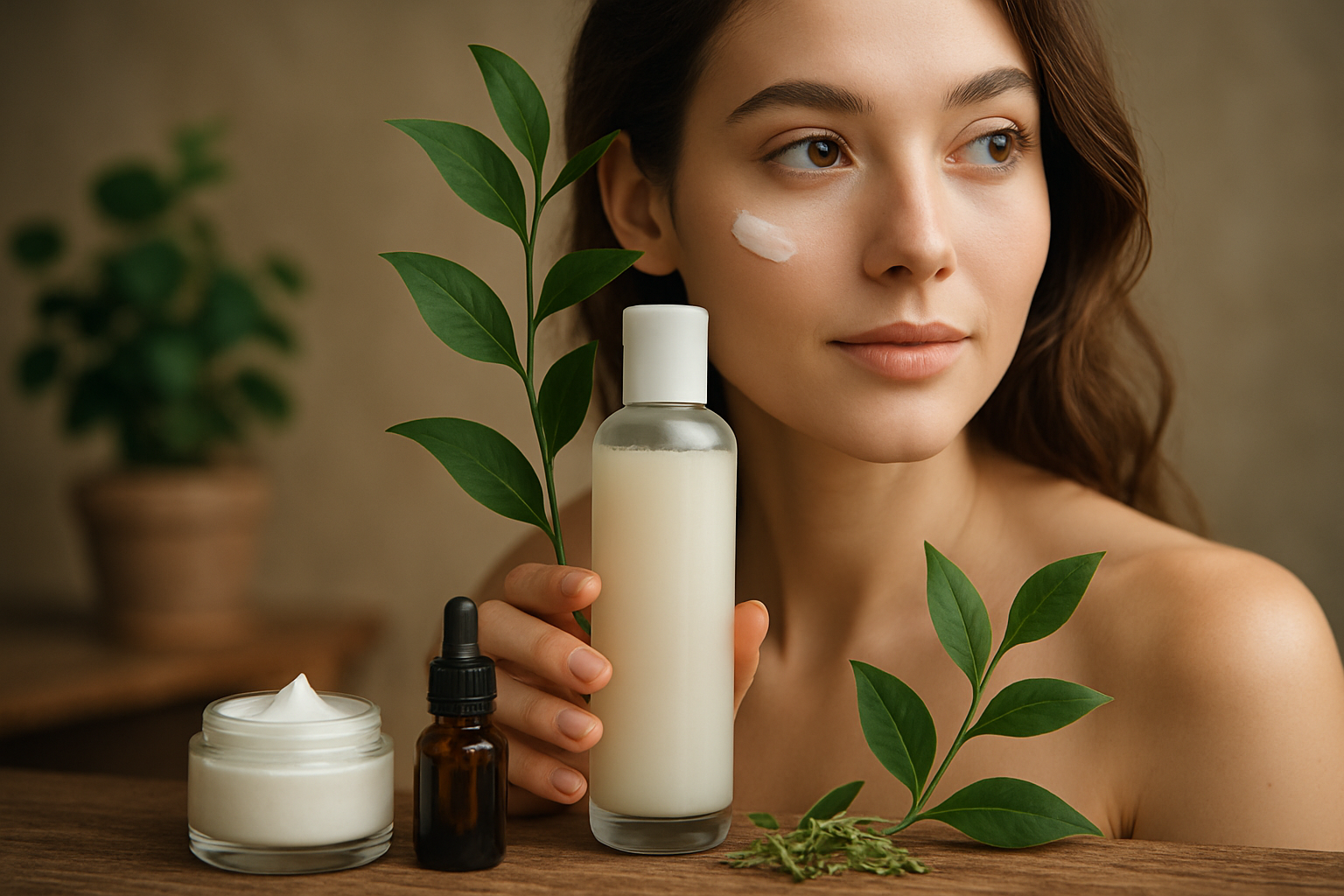The Rise of Clean Beauty: A Green Revolution in Cosmetics
Clean beauty has taken the cosmetics industry by storm, transforming the way consumers approach their skincare and makeup routines. This movement, which prioritizes natural, non-toxic ingredients and environmentally friendly practices, has grown from a niche market to a mainstream phenomenon in recent years. As consumers become increasingly aware of the potential hazards lurking in their beauty products, they are demanding greater transparency and safer alternatives. The clean beauty trend has not only reshaped product formulations but has also influenced packaging, marketing strategies, and even regulatory practices within the beauty industry. This shift towards cleaner, greener beauty products represents a significant change in consumer consciousness and has far-reaching implications for both human health and environmental sustainability.

Several factors contributed to the rise of clean beauty. First, advances in scientific research revealed potential links between certain cosmetic ingredients and health issues, raising concerns among consumers. Second, the internet and social media allowed for rapid dissemination of information about ingredient safety, empowering consumers to make more informed choices. Lastly, a growing interest in natural and organic lifestyles created a receptive market for cleaner beauty alternatives.
Defining Clean Beauty
One of the challenges in discussing clean beauty is the lack of a standardized definition. Generally, clean beauty refers to products that are formulated without ingredients that are known or suspected to be harmful to human health or the environment. This typically includes avoiding synthetic fragrances, parabens, phthalates, sulfates, and other potentially harmful chemicals.
However, the definition of “clean” can vary widely between brands and retailers. Some focus solely on excluding certain ingredients, while others emphasize natural or organic formulations. Still others incorporate sustainability and ethical sourcing into their clean beauty ethos. This lack of standardization has led to some confusion and skepticism among consumers, highlighting the need for greater transparency and regulation in the industry.
The Science Behind Clean Beauty
While the clean beauty movement has gained significant momentum, it’s important to note that not all claims are backed by robust scientific evidence. Some ingredients commonly avoided in clean beauty products, such as parabens and phthalates, have been linked to potential health concerns in some studies. However, the evidence is often mixed, and regulatory bodies in many countries still consider these ingredients safe when used in cosmetics at approved levels.
On the other hand, many natural ingredients championed by clean beauty brands have demonstrated benefits for skin health. For example, plant-based oils like jojoba and argan oil have been shown to have moisturizing and anti-inflammatory properties. Antioxidants like vitamin C and green tea extract can help protect the skin from environmental damage.
It’s crucial for consumers to approach clean beauty claims with a critical eye and to seek out products backed by scientific research rather than marketing hype.
The Impact on the Beauty Industry
The rise of clean beauty has had a profound impact on the cosmetics industry as a whole. Established beauty giants have had to adapt to changing consumer preferences, either by reformulating existing products or launching new clean beauty lines. Many have also increased transparency about their ingredient sourcing and manufacturing processes.
Meanwhile, a new generation of clean beauty brands has emerged, often founded by entrepreneurs passionate about natural ingredients and sustainability. These brands have disrupted the traditional beauty market, challenging established players and changing consumer expectations.
The clean beauty trend has also influenced product packaging and marketing. Many brands now emphasize eco-friendly packaging materials and minimalist designs that align with the clean beauty aesthetic. Marketing messages often focus on ingredient transparency, sustainability, and the benefits of natural formulations.
Regulatory Responses and Challenges
As the clean beauty movement has gained traction, it has sparked discussions about cosmetic regulations. In the United States, the Food and Drug Administration (FDA) has limited authority over cosmetics, and many clean beauty advocates argue that current regulations are insufficient to ensure product safety.
In response to these concerns, some states have taken action. California, for example, passed the Toxic-Free Cosmetics Act in 2020, banning several ingredients commonly avoided in clean beauty products. At the federal level, there have been calls for more comprehensive cosmetic regulation, although progress has been slow.
The European Union, by contrast, has stricter regulations on cosmetic ingredients, banning or restricting the use of over 1,300 chemicals in beauty products. This regulatory environment has influenced global beauty trends, with many international brands formulating their products to meet EU standards.
The Future of Clean Beauty
As the clean beauty movement continues to evolve, several trends are likely to shape its future. First, we can expect to see a greater emphasis on sustainability, with brands focusing not just on “clean” ingredients but also on reducing their environmental impact through sustainable sourcing, packaging, and manufacturing practices.
Second, advances in green chemistry are likely to lead to the development of new, safer synthetic ingredients that may be incorporated into clean beauty formulations. This could blur the lines between “natural” and “synthetic” ingredients, potentially shifting the focus from avoiding synthetic chemicals to prioritizing safety and efficacy regardless of an ingredient’s origin.
Finally, we may see increased standardization and regulation in the clean beauty space. This could include more precise definitions of what constitutes “clean” beauty, as well as stricter oversight of product claims and ingredient safety.
The rise of clean beauty represents a significant shift in consumer consciousness and industry practices. While challenges remain, including the need for more standardized definitions and robust scientific backing, the movement has undoubtedly had a positive impact in promoting greater transparency and safety in cosmetic products. As the clean beauty trend continues to evolve, it has the potential to drive further innovations in product formulation, sustainability practices, and regulatory approaches, ultimately benefiting both consumers and the environment.





